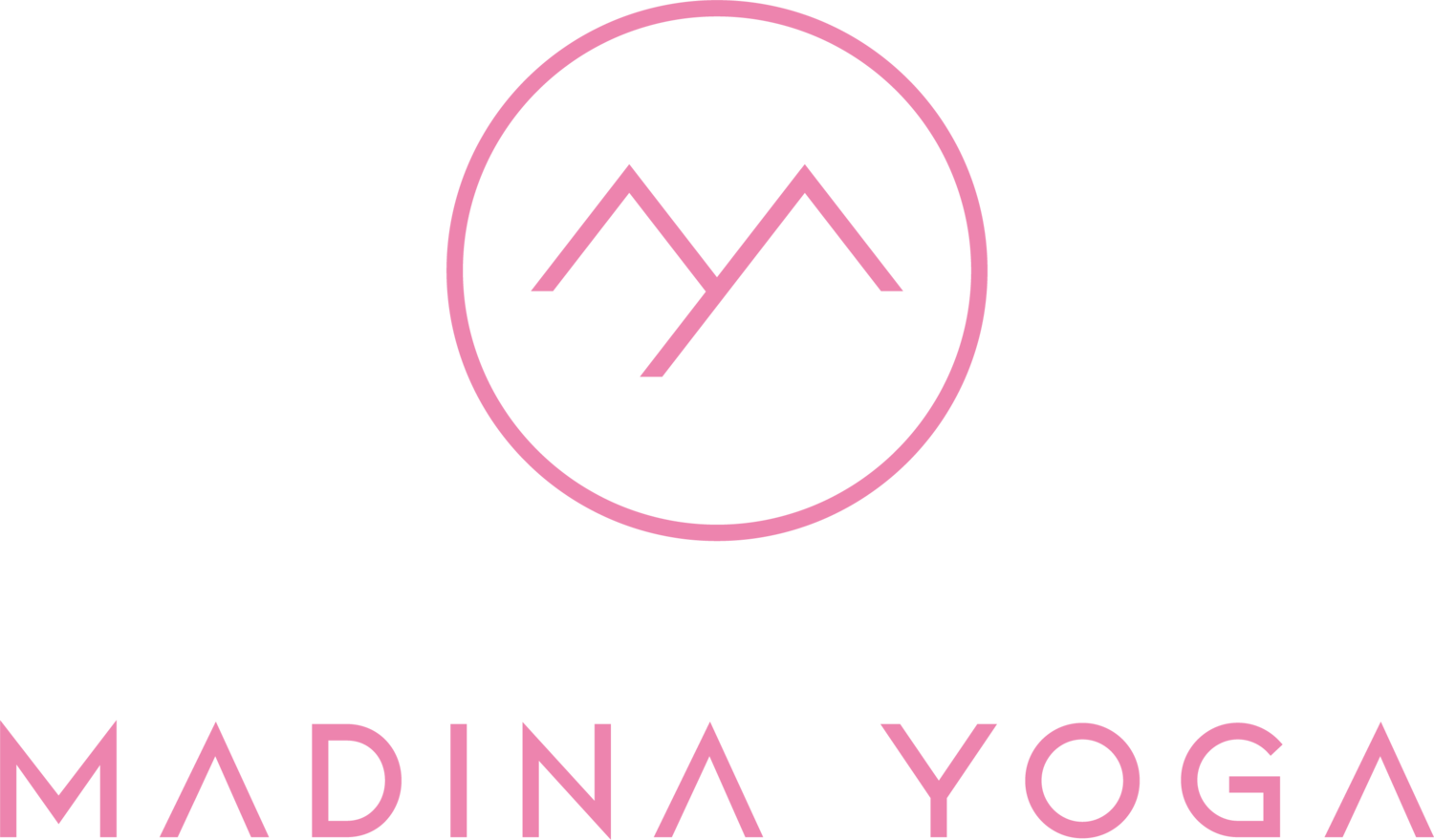I see this discussion popping up here and there regularly on yoga teacher groups. As with many things, there are teachers, who strongly oppose demonstrating in class. And there are those, who think that demonstration is absolutely necessary.
Typically, beginners teachers feel more comfortable demonstrating. This is simply because they need more refining of their verbal cues and more confidence in giving hands-on assist.
So what should we do in a class?
I personally believe that no matter how experienced we are as teachers, if it is our first class for a given audience - we are to demonstrate more.
Why? Because statistics say that about 65% of us are visual learners. Visual learners (spatial learners) learn and remember best through visual communication. Which in the context of yoga teaching means - demonstrating. And when demonstrating, we are to make sure that everyone can see us. We need to change our position in the room and mind those who are at the back or behind a possible pillar.
Whenever I do, I only demonstrate transitions or when introducing advanced / new poses to the group or when I teach a principle / action in a pose. Which means that in Surya Namaskar A I will not demonstrate Adho Mukha Svanasana (downward facing dog). The moment we arrive there, I will give some verbal cues and walk around to give hands-on assists to those who need them. Besides, if I am to demonstrate AMS I will have to move to the back of the room for my students to see me at all.
When my students get familiar with my verbal cues, accent (mine is a mix of Russian, Dutch with a sprinkle of Aussie) and style of teaching, I start demonstrating less. However, when I see at least 3-5 new people in my class, I will demonstrate more just for them. And I will certainly move them back if they took a front row spot.
One thing to remember - always go back to demonstrating when you see students not getting what you are saying. Just rush back to your demo spot and show it to them. And take a note of this to reflect and refine your cues. It is a beautiful learning moment for you - use it!
The best moments in my cueing journey is when I am demonstrating and cueing at the same time with my back to students (let’s say in Uttitha Trikonasana, triangle pose). And when I turn around to look at them, most are in a great alignment. It does not mean they all look the same. It simply means that the shapes they are making look strong, safe and balanced and I can see them breathing freely.
Remember that only 30% of us are auditory learners, who learn best through hearing. So good news for those who love demonstrating! But having said that, I really urge you to walk around and look at your students too - you might be in the 65% of visual learners yourself. This way you will learn most as a teacher! I not once enjoyed a class where a teacher simply did her/his practice in front of me.
There are a few reasons why it is a great idea to look at your students:
- this helps you to understand whether your cues and demo are effective or not. If you see people doing different sides or even poses, if the alignment does not look safe, if they look confused or are looking around - you need to sit down after the class to think why?
- learn about all the different body types! It is fascinating to see how many different shapes we make within one given pose! Pay attention to your regular students - what are their challenges? I always have a rough idea about what I want to focus on with every regular student. It does not mean I will work with them in every class, but I know when they’ll need me most!
- you will know what to say in a pose that you intended to hold longer. As we all have a set of cues we repeat in every class, it is important not to use them unnecessarily. If you see everyone using hands actively in Adho Mukha Svanasana, there is no need to mention spreading of fingers and pressing hands down. Instead notice what needs to be addressed most and cue that!
So what about 5% of kinesthetics learners, those who learn through being physically involved? The good news is - yoga class is a paradise for them as active participation is what everyone is expected to do!
About the author: Madina is a yoga teacher mentor from Sydney.
Please check her Mentoring Program details as well as Sequencing Made Easy online course.

